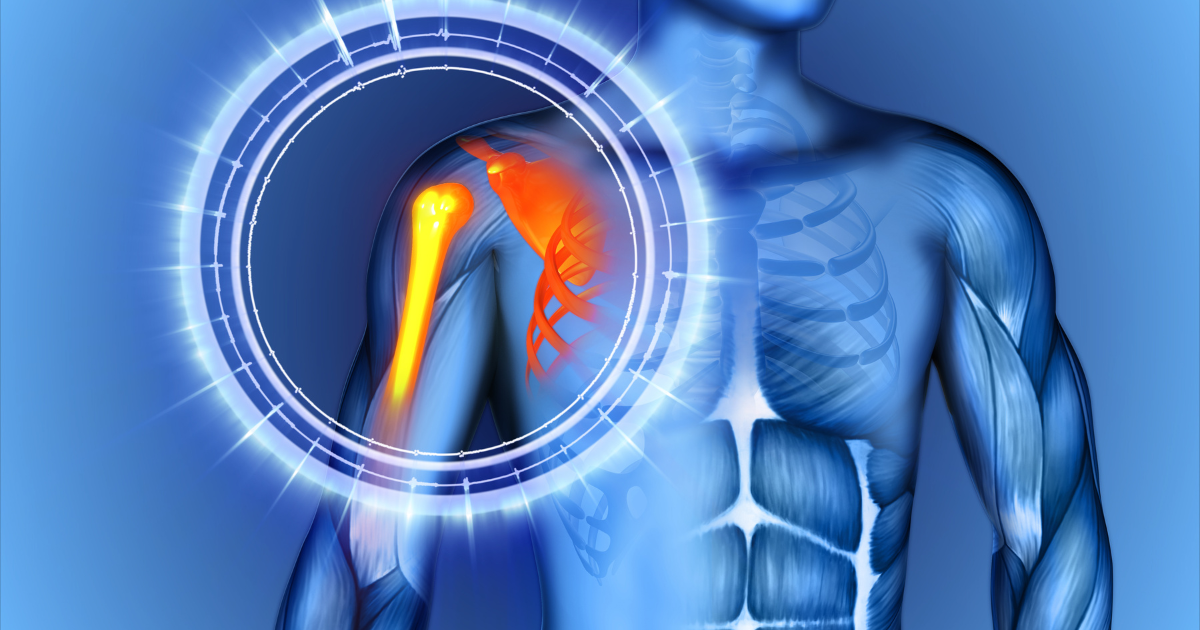Hydrodistention / Hydrodilation: Frozen Shoulder ‘‘Fast Relief Without Surgery’’
Hydrodistention or Hydrodilation provides fast, non-surgical relief for frozen shoulder by relieving pain and stiffness as well as improving mobility. Ultrasound-guided injection ensures safe and effective treatment for Frozen Shoulder.
What is Frozen Shoulder (Adhesive Capsulitis)?
Frozen shoulder, medically termed adhesive capsulitis, is a condition characterized by pain, stiffness, and progressive loss of shoulder movement. It typically develops gradually and may last from several months to a few years. Daily activities like combing hair, dressing, or reaching overhead become increasingly difficult.
What Is Hydrodistention / Hydrodilation?
Hydrodistention (also known as hydrodilation) is a minimally invasive injection procedure designed to treat frozen shoulder by stretching the tight joint capsule that limits movement.
Using ultrasound guidance, a mixture of saline, corticosteroid, and local anesthetic is injected into the shoulder joint. This fluid expands the capsule, helping to:
Break adhesions
Relieve capsular tightness
Reduce pain and inflammation
Restore range of motion
The use of real-time ultrasound imaging ensures that the injection is accurately placed into the joint space, enhancing safety and effectiveness.
How Hydrodistention Works?
The shoulder joint is surrounded by a capsule that can become inflamed and contracted in frozen shoulder. Hydrodistention aims to mechanically stretch this capsule using controlled fluid pressure.
Benefits include:
Immediate reduction in capsular tension
Disruption of intra-articular adhesions
Improved joint lubrication
Enhanced shoulder mobility
This procedure creates a more favorable environment for rehabilitation and physiotherapy, allowing faster and more sustainable recovery.
Who Is a Candidate for Hydrodistention?
Hydrodistention is typically recommended for individuals with:
Clinically confirmed adhesive capsulitis
Limited response to initial conservative treatment
Moderate to severe restriction in shoulder movement
A desire to avoid surgery or lengthy medication use
It is especially effective when performed during the early frozen stage, before complete joint immobility develops.
Post-Procedure Rehabilitation: Why It Matters
While hydrodistention addresses the mechanical and inflammatory components of frozen shoulder, post-injection physiotherapy is essential to reinforce improvements.
Effective rehab includes:
Passive and active range-of-motion exercises
Progressive strengthening
Home-based shoulder mobility programs
Patients who commit to physiotherapy following hydrodistention often report faster return to function and reduced recurrence risk.
Advantages of Hydrodistention with Ultrasound Guidance
Minimally invasive
Performed without general anesthesia
Ultrasound ensures accurate placement and minimizes complications
Quicker relief compared to conservative care alone
Short recovery time
Avoids the need for surgical capsular release in many cases
Evidence and Clinical Success
Multiple studies support the effectiveness of hydrodistention, particularly when combined with physiotherapy and performed under ultrasound guidance. Clinical outcomes consistently demonstrate meaningful improvements in pain relief, shoulder mobility, and recovery time.
A meta-analysis by Lee et al. (2021) found that ultrasound-guided hydrodistention significantly improved pain and range of motion, with success rates ranging from 70% to 90%, especially when paired with a structured rehab program.
In a randomized controlled trial by Chen et al. (2021), patients receiving hydrodistention combined with corticosteroids had better short-term shoulder function and pain relief compared to those receiving corticosteroid injection alone.
Deng et al. (2020) reported that early intervention with hydrodistention shortened overall recovery time and led to faster improvements in shoulder mobility in patients with adhesive capsulitis.
A prospective study by Cho et al. (2022) emphasized that patients who underwent ultrasound-guided hydrodilatation followed by physiotherapy demonstrated superior functional outcomes and sustained mobility gains compared to those treated conservatively.
Ultrasound guidance plays a critical role by ensuring accurate intra-articular placement, improving the safety and precision of the procedure while reducing procedural complications (Park et al., 2021).
Conclusion:
Frozen shoulder isn’t just a passing discomfort—it’s a leading cause of long-term pain, stiffness, and loss of arm function when left untreated. If ignored, it can significantly limit daily activities, impact sleep quality, and lead to prolonged disability.
With the right combination of ultrasound-guided hydrodistention, early intervention, and a structured physiotherapy plan, frozen shoulder can be effectively managed and mobility restored. Taking timely action empowers individuals to regain control of their movement, reduce pain, and return to an active, functional life without the need for surgery.
References:
Lee, H. J., Kim, J. H., Lim, K. B., & Lee, S. H. (2021). Effectiveness of ultrasound-guided hydrodilatation for adhesive capsulitis: A systematic review and meta-analysis. Archives of Physical Medicine and Rehabilitation, 102(5), 1004–1013.
Park, K. D., Nam, H. S., Kim, T. K., & Lim, H. Y. (2021). Comparison of ultrasound-guided intra-articular corticosteroid injection with and without capsular distension in patients with adhesive capsulitis. Pain Physician, 24(1), E47–E56.
Deng, F., Dong, Z., & Wang, W. (2020). Effectiveness of hydrodilatation in patients with adhesive capsulitis: A meta-analysis of randomized controlled trials. Journal of Orthopaedic Surgery and Research, 15, 477.
Chen, J., Li, J., & Zhao, J. (2021). Ultrasound-guided hydrodilatation versus corticosteroid injection alone for frozen shoulder: A randomized controlled trial. Clinical Rehabilitation, 35(12), 1737–1745.
Cho, C. H., Bae, K. C., Kim, D. H., & Lee, Y. K. (2022). Outcomes of ultrasound-guided hydrodilatation for adhesive capsulitis with a structured physiotherapy program: A prospective study. Journal of Shoulder and Elbow Surgery, 31(4), 745–752.
To book for an appointment you can call our reception line, 0333 041 9898 or email direct to admin@jointpainclinics.co.uk requesting an appointment. Please include your name, age, phone number and email address details.




